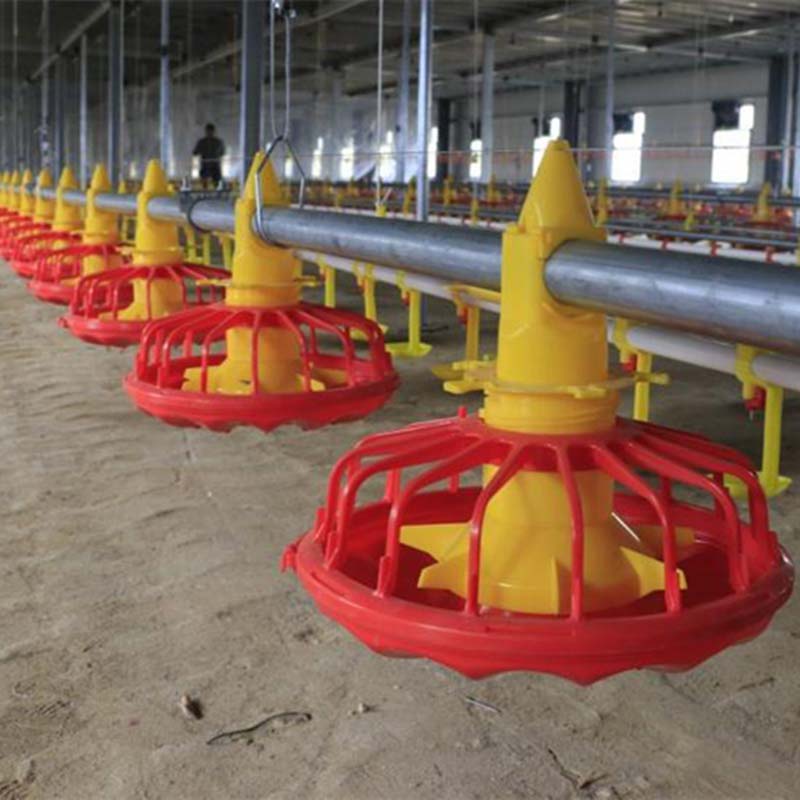Animal Feed Mixer Sales Opportunities for Farmers and Livestock Producers
Dec . 07, 2024 11:02 Back to list
Animal Feed Mixer Sales Opportunities for Farmers and Livestock Producers
The Growing Market for Animal Feed Mixers Trends and Opportunities
The agricultural sector has witnessed significant advancements in technology, especially in animal husbandry. One of the most critical aspects of this industry is the production of high-quality animal feed. Properly formulated feed is crucial for the health and productivity of livestock, making the role of animal feed mixers paramount. With rising global meat consumption and increasing awareness about animal nutrition, the market for animal feed mixers is poised for substantial growth.
Understanding Animal Feed Mixers
Animal feed mixers are machines designed to combine different feed ingredients into a uniform mixture. These machines come in various types, including horizontal mixers, vertical mixers, and batch mixers, catering to the diverse needs of farm sizes and feed types. The efficiency of feed mixers directly impacts the nutritional quality of the feed and, consequently, the overall health of the livestock. Therefore, investing in high-quality mixers becomes essential for farmers aiming to improve production efficiency and animal well-being.
Market Drivers
Several factors are driving the demand for animal feed mixers. First and foremost is the increasing global population, leading to higher demands for meat, dairy, and egg production. Farmers are under pressure to maximize their output while maintaining the quality of their products. This has resulted in the need for more advanced equipment that enables efficient feed mixing processes.
Additionally, there is a growing trend towards enhanced animal nutrition. Farmers are now more inclined to provide their livestock with a balanced diet that includes various nutrients, vitamins, and minerals. This requires precise mixing capabilities, which modern mixers can easily provide. Furthermore, the rise in the adoption of automated systems in farming operations streamlines the feed preparation process, creating a surge in demand for sophisticated feed mixers equipped with automation features.
Innovations in Feed Mixing Technology
The feed mixer market is witnessing innovation aimed at enhancing efficiency and reducing waste. Modern mixers now come with integrated digital controls that allow farmers to monitor and adjust feed formulations in real time. This level of precision not only minimizes discrepancies in the feed mix but also aids in tracking the nutritional content of the feed provided to animals.
animal feed mixers sale

Additionally, manufacturers are focusing on energy-efficient designs to reduce operational costs. As sustainability becomes a priority within the agricultural sector, the demand for eco-friendly and energy-efficient machinery is on the rise. This shift not only helps farmers cut down on energy expenses but also aligns with global sustainability goals.
Regional Insights
Geographically, the market for animal feed mixers is robust in regions with high agricultural activity, such as North America, Europe, and parts of Asia. In North America, the United States is the leading market due to its large-scale livestock production and the adoption of innovative farming practices. Europe is also witnessing growth driven by stringent quality controls and a focus on sustainable animal husbandry.
On the other hand, emerging markets in Asia and Africa present significant opportunities for growth. As these regions modernize their agricultural practices and improve livestock production systems, the need for efficient feed mixing solutions will undoubtedly rise. Countries like India and China are beginning to embrace modern technology in farming, driving up demand for advanced feed mixers.
Challenges in the Market
Despite the promising growth prospects, the animal feed mixer market faces challenges such as fluctuating raw material prices and competition from alternative feed solutions. Farmers are often concerned about the rising costs involved in purchasing and maintaining advanced machinery. To counter this, there is a need for manufacturers to provide cost-effective solutions and additional services, such as maintenance and training, to ensure customers can maximize their investments.
Conclusion
The market for animal feed mixers is at a pivotal moment, influenced by shifts in agricultural practices, technological advancements, and changing consumer preferences. As the livestock sector continues to evolve, the demand for efficient, high-quality mixers will grow, presenting opportunities for innovation and expansion. For stakeholders in the agricultural industry, investing in advanced feed mixing technologies could enhance productivity and contribute to overall sustainability goals, ultimately benefiting farmers, consumers, and the environment alike. In this dynamic landscape, staying ahead of technological trends will be essential for success, ensuring that animal feed mixers remain integral to modern animal husbandry.
-
Automatic Feeding Line System-Pan Feeder Nipple Drinker|Anping County Yize Metal Products Co., Ltd.
NewsJul.29,2025
-
Hot Sale 24 & 18 Door Rabbit Cages - Premium Breeding Solutions
NewsJul.25,2025
-
Automatic Feeding Line System Pan Feeder Nipple Drinker - Anping County Yize Metal Products Co., Ltd.
NewsJul.21,2025
-
Automatic Feeding Line System Pan Feeder Nipple Drinker - Anping County Yize Metal Products Co., Ltd.
NewsJul.21,2025
-
Automatic Feeding Line System - Anping Yize | Precision & Nipple
NewsJul.21,2025
-
Automatic Feeding Line System - Anping Yize | Precision & Nipple
NewsJul.21,2025






